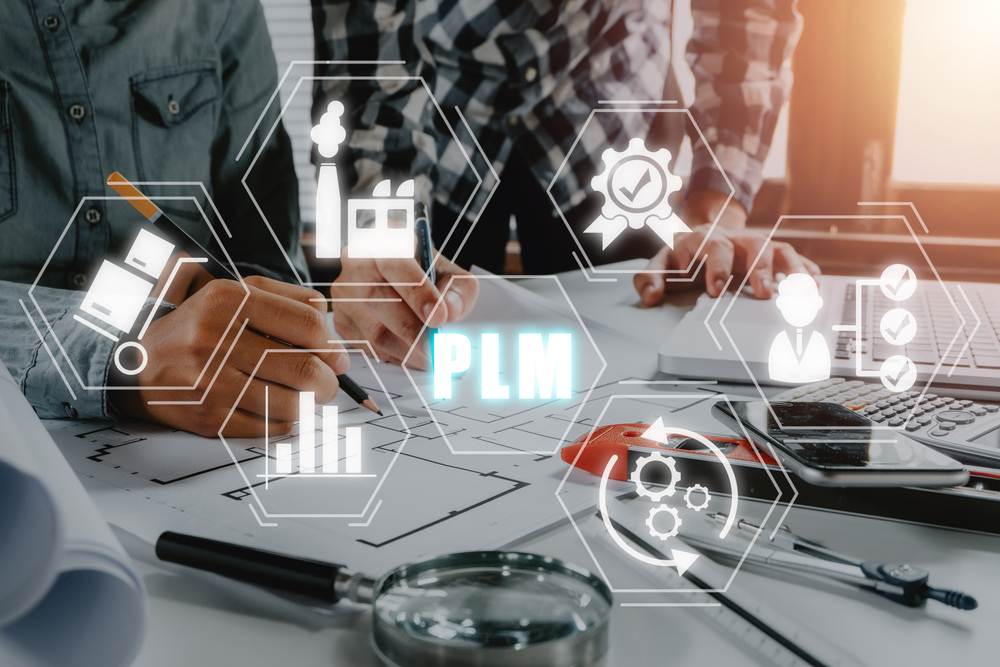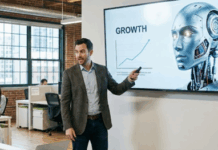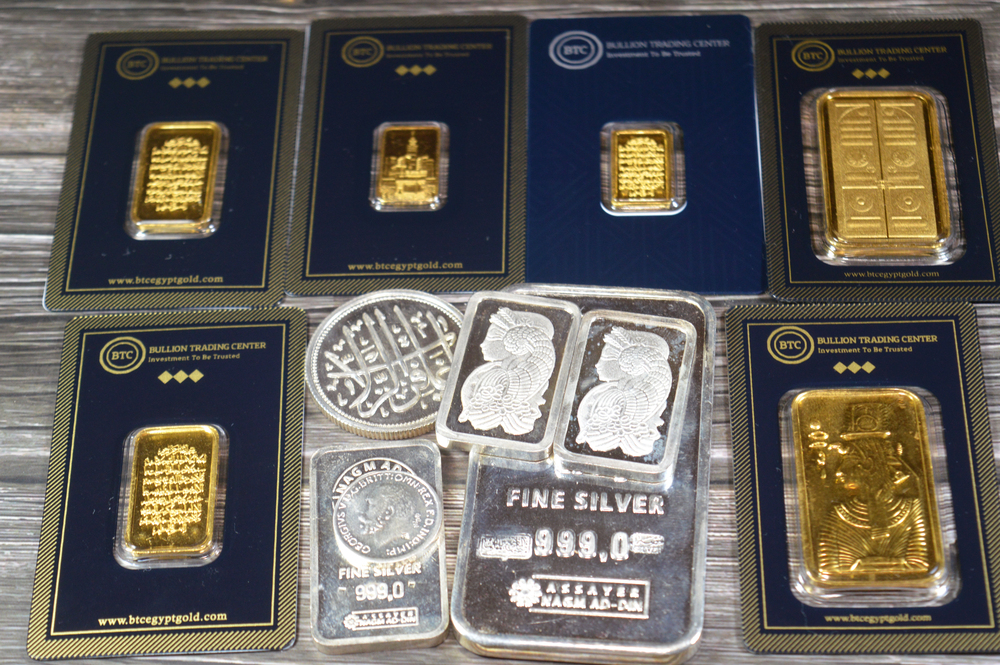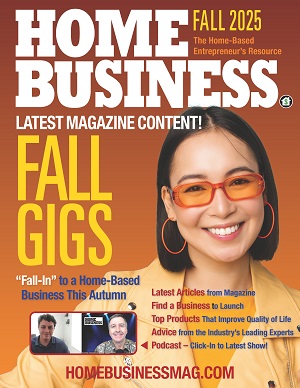In the blur of back-to-back meetings and the endless demands on their time, many CEOs live in what feels like a perpetual state of overdrive. Yet high performance often depends not on speed, but on stillness and the capacity to pause, reflect, and act from clarity rather than reactivity.
CEO coaching for better leadership provides a powerful path for leaders to transition from a more reflexive mode to an intentional, values-driven approach to leading. It helps them move out of “firefighting” and into a space of insight, mastery, and sustainable influence.
The Paradox: Slowing Down to Speed Up
When leaders are caught in a cycle of reacting to crises, responding to inbox fire drills, and facing constant external pressure, they lose access to their deeper thinking, vision, and creativity. In that mode, decisions are anchored in fear or habit, not in insight.
Yet when a CEO intentionally slows down even briefly, it allows the mind to reset, emotional signals to surface, and wider patterns to emerge. It’s in that gap that insight, strategy, and wise judgment can arise. As many coaches like to say: “You can’t steer your ship while you’re always at full throttle.”
This is not about forcing meditation for its own sake or retreating into inaction. It is about building reliable disciplines of awareness, self-regulation, and intentional leadership. And these are precisely what coaching facilitates.
5 Meaningful Practices CEO Coaching Offers (That Self-Help Alone Often Doesn’t)
A CEO coaching for better leadership brings more than ideas; they bring structured challenge, reflective space, tools, accountability, and an experienced mirror. Some specific levers that coaching unlocks:
1. Creating Deeply Reflective Habits
Coaches help clients structure regular pauses, journaling sessions, and reflection periods. Over time, these become habits that interrupt that autopilot state of being.
2. Clarifying Values, Purpose & Operating Principles
Leaders are guided to articulate what truly matters (beyond short-term metrics) and to embed those anchors into their decision-making architecture.
3. Enhancing Self-Regulation & Emotional Agility
A core coaching emphasis is on helping executives notice and shift their internal states (stress, reactivity, mental noise). This builds resilience, reduces regret, and enhances their capacity to lead from a calm state rather than one of urgency.
4. Cultivating Awareness & Meta-Perspective
Coaches help CEOs see patterns (in themselves, the team, the culture) that are invisible in the moment. That perspective is the lever for real change.
5. Accountability & Behavioral Feedback
Coaches serve as a committed partner, tracking what the CEO chooses to do differently, and gently pushing when old defaults re-emerge.
The Science Behind the Shift: Mindfulness, Self-Regulation, and Leadership
To ground this in evidence, here are two research-based foundations. To begin, mindfulness-based training inherently engages self-regulatory processes, including attention control and emotional regulation. Over time, this leads to greater psychological well-being and resilience.
In leadership contexts, such training has been strongly linked to stress reduction, improvements in sleep, reduced burnout, and enhanced capacity to regulate one’s internal responses.
Another review of C-suite perspectives documented benefits like improved focus, alignment of leadership behaviors, elevated emotional intelligence, and stronger ego control.
The science suggests CEO coaching for better leadership helps leaders build new internal capabilities (attention, emotional regulation) that translate into real shifts in how they show up and act.
Moving from Overdrive to Insight in 5 Phases
In a more granular view, the following are five phases of how the coaching journey unfolds.
Phase 1: Interrupting the Noise
In early sessions, a coach helps a CEO recognize the habitual dynamics that dominate: immediate reactions, decisions made on autopilot, emotional volatility, and incessant urgency. This disclosure alone often creates a breakthrough, the possibility that there is another way.
Phase 2: Anchoring in Presence
Through guided practices (brief mindfulness exercises, anchoring questions, and embodied awareness), the coach helps the CEO cultivate small pauses throughout the day. Over time, these pauses become windows for reflection.
Phase 3: Clarifying Intent & Operating Principles
Beyond reacting to the immediate, the CEO is challenged to define their north star. What values guide trade-offs, what timeless principles they want to live by, what “inner CEO” they aspire to be.
Phase 4: Behavioral Experimentation
With guidance, the CEO experiments with new approaches, such as delaying a decision to gather clarity, delegating differently, structuring thinking rituals, or stepping back to identify patterns in the system. The coach helps them reflect on outcomes and iterate on their approach.
Phase 5: Embedding New Defaults
As these new practices embed, reactive reflexes gradually yield to steadier responses. Insights become more accessible, not just in retreat settings but in the flow of everyday leadership.
Common Reasons Leaders Resist Coaching Support
Even the most self-aware leaders can find themselves resisting support. Coaching often asks leaders to slow down, reflect, and shift long-held patterns of control, which can feel uncomfortable in fast-paced environments.
These hesitations are real reflections on how deeply leadership culture prizes productivity and decisiveness. However, recognizing there are practical ways to expand beyond these limiting thoughts is the first step toward growth.
“I don’t have time.” Many see pausing as a luxury (especially busy CEOs). A coach helps reframe setting aside meaningful breaks as investments that enable leaders to make better decisions and experience less burnout.
“I don’t know how to pause.” Coaches guide leaders with practical tools on pausing until new habits become second nature. One example is taking “minute pauses,” which you can do twice a day, where you stop for 60 seconds to notice your body, breath, and mental state.
“I’ll appear indecisive.” Coaches help leaders test small experiments in vulnerability and presence, gradually building confidence to lead from composure. This may look like personal inquiries, such as ‘What is my biggest tension?‘ What’s calling for integration? rather than only pushing forward.
“It’s too abstract.” Coaches translate insights into concrete behavioral experiments, systems, and feedback loops, so the shift is tangible. From journaling to short walks that help recalibrate your psychological state.
Once a leader learns to work with, rather than against, these internal patterns, performance and clarity follow naturally.
The Transformational Shift: From Reactive to Resonant Leadership
When this work takes root, CEOs report more time spent on insight rather than reaction. They experience clearer and more strategic perspectives with less exhaustion. This, in turn, creates better emotional composure under high-pressure periods.
Furthermore, they can really engage teams to build deeper trust and psychological safety in their organizations. Their decisions move beyond near-term fixes, often done in reactive states, and instead, start to align with long-term values.
Over time, slowing down accelerates your capacity to lead with clarity, coherence, and enduring impact. That’s the essence of CEO coaching for better leadership!
Find a Home-Based Business to Start-Up >>> Hundreds of Business Listings.














































